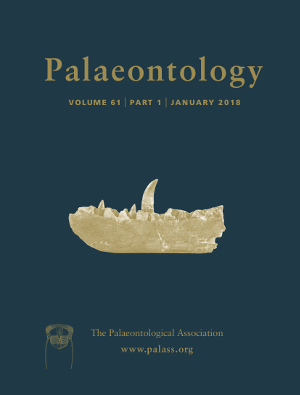Reg. Charity No. 1168330

Climate change is projected to change the ecosystems on land and in the sea at rates that are unprecedented for millions of years. The most commonly used approach to derive projections of how ecosystems will look in the future are experiments on living organisms. By their nature, experiments are unlike the real world and cannot capture the ability of organisms to migrate, select and evolve. They are often limited to a select few species and drivers of environmental change and hence cannot represent the complexity of interactions in ‘real’ ecosystems. The fossil record is an archive of responses to climate change at a global ecosystem scale. If, and only if, fossil assemblage variation is combined with independent information of environmental changes, sensitives of species or higher taxa to a specific magnitude of change of an environmental driver can be determined and used to inform future vulnerabilities of this species to the same driver. While records are often fragmented, there are time intervals which, when thoroughly analysed with quantitative data, can provide valuable insights into the future of biodiversity on this planet. This review provides an overview of projected impacts on marine ecosystems including: (1) the range of neontological methods, observations and their challenges; and (2) the complementary information that palaeontologists can contribution to this global challenge. I advocate that, in collaborations with other disciplines, we should aim for a strong visibility of our field and the knowledge it can provide for policy relevant assessments of the future.